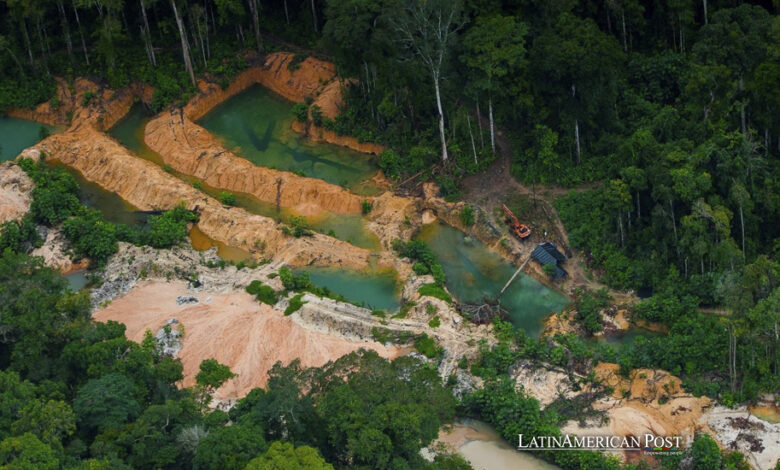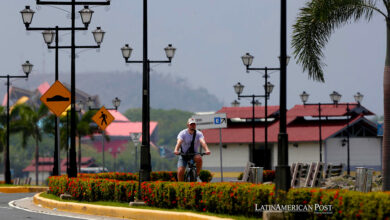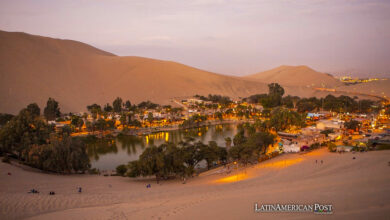Brazil’s Battle Against Wildcat Gold Mining Threatening the Amazon

Brazil finds itself locked in a relentless battle against the encroachment of destructive wildcat gold mining in the vast expanse of the Amazon rainforest. This illicit activity, once confined to Indigenous lands, has now spilled over into government-protected conservation areas, prompting federal intervention and concerted efforts to combat its pernicious spread.
Protecting Pristine Wilderness and Biodiversity
The nation’s Federal Police have allied with the Brazilian government’s primary biodiversity conservation agency, the Chico Mendes Institute for Biodiversity Conservation (ICMBio). Together, they have launched a series of recent operations, embarking on a mission to apprehend illegal gold miners and dismantle their makeshift camps while rendering their equipment inoperable.
This mounting offensive is propelled by a dire need to safeguard the Amazon’s pristine wilderness and rich biodiversity. Brazil’s leftist President, Luiz Inacio Lula da Silva, has taken a resolute stance against the scourge of illegal mining and is committed to eradicating it by 2030.
This marks a stark departure from the policies of his predecessor, Jair Bolsonaro, whose leniency toward environmental regulations garnered international criticism. Bolsonaro’s tenure saw a relaxation of controls, enabling illegal loggers and miners to exploit the Amazon’s resources with impunity under the premise of national development.
Thwarting Mining Activities: A Tactical Approach
In the most recent campaign, armed ICMBio officers, paying homage to the memory of slain environmental activist Chico Mendes, descended from helicopters onto wildcat mining encampments nestled in the upper reaches of the Tapajos River, an essential tributary of the Amazon River.
Their operation was thorough and unyielding, resulting in the incineration of barges employed for ore extraction, the destruction of excavators and chainsaws, and the confiscation of weaponry, radios, and scales used by miners for gold measurement.
A particular focus has been placed on curtailing mining activities that have relocated to previously under-enforced regions after crackdowns on Indigenous reservations. This shift has amplified the urgency of federal interventions to prevent further ecological degradation and preserve the Amazon’s integrity.
The Ravages Unveiled: An Expedition into Destruction
In an illustrative expedition, a Reuters photographer shadowed an ICMBio team deep into the Urupadi National Forest. Here, agents apprehended a handful of wildcat miners, acting decisively to obliterate their encampments. The destruction was comprehensive, encompassing tents, excavators, dredging equipment, and fuel supplies.
The miners had left behind a scarred landscape, having cleared vast swaths of jungle and excavated numerous ponds for gold dredging. The extraction process involved using mercury, a toxic contaminant that threatens the rivers and poisons fish, underscoring the gravity of the ecological harm inflicted by these illicit operations.
A Pivotal Turning Point in Brazil’s Environmental Policy
President Lula da Silva’s commitment to eradicating illegal mining and ending deforestation by 2030 represents a pivotal turning point in Brazil’s environmental policy. It signals an unwavering determination to reverse the damage wrought by lax regulation and exploitation of natural resources. Under his leadership, Brazil strives to reassert itself as a steward of the Amazon, emphasizing the importance of environmental conservation and the preservation of this globally significant biome.
Also read: Chile Rejects New Constitution in Historic National Referendum
The battle against wildcat gold mining in the Amazon is far from over. Still, with concerted efforts from federal authorities and a renewed commitment to environmental protection, Brazil seeks to stem the tide of destruction and safeguard the Amazon for future generations. The delicate balance between economic development and ecological preservation remains a defining challenge, and the world watches closely as Brazil charts its course in conservation.




